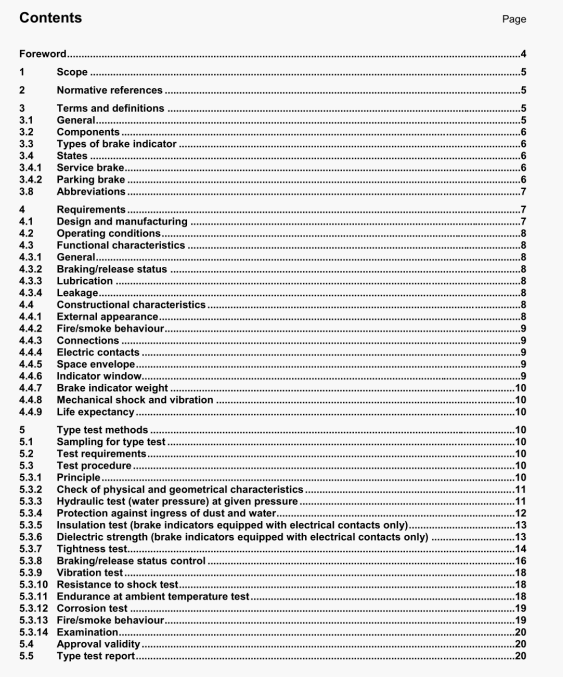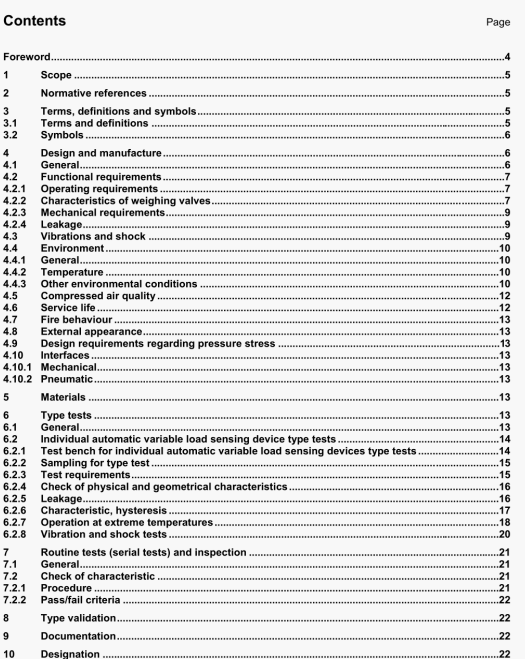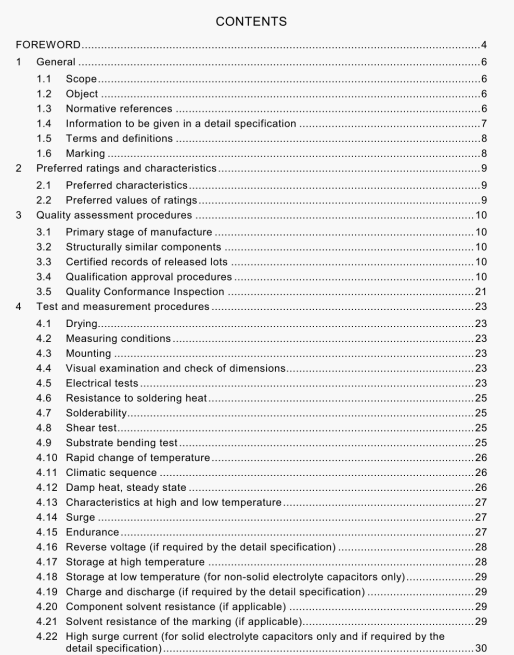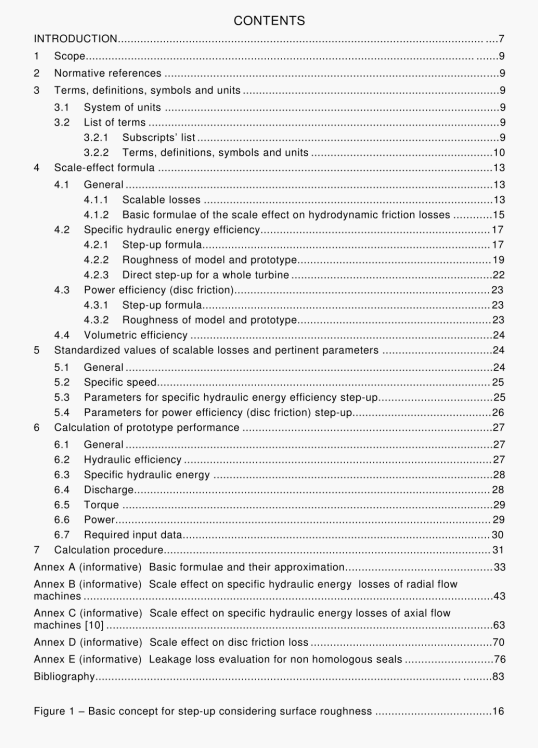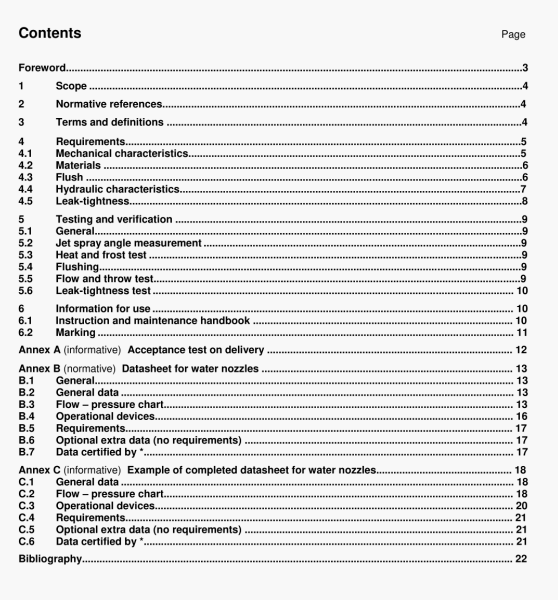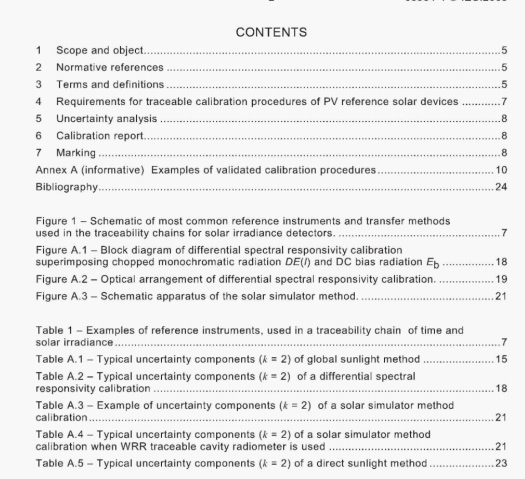BS EN ISO 4210-4:2014 pdf download.Cycles — Safety requirements for bicycles Part 4: Braking test methods.
a) a calibrated speedometer or tachometer (accurate to within ±5 %) to indicate to the rider the
approximate speed at the commencement of braking;
b) a velocity-recording device (accurate to within ±2 %) to record the velocity at the commencement of braking;
c)a distance recording system (accurate to within ±1 %) to record the braking distance;
d) a water spray system, to provide wetting of the braking surface, consisting of a water reservoir connected by tubing to a pair of nozzles at the front wheel and a pair of nozzles at the rear wheel.A quick-acting on/off valve shall be included for control by the rider. Each nozzle shall provide aflow of water at ambient temperature of not less than 4 ml/s. Details of the positions and directionsof nozzles for rim brakes, hub brakes, band brakes, disc brakes, and back-pedal brake are given inFigures 7 to 13;
NOTE Figures7and 8 for rim brakes show side-pull callipers but the same arrangements apply to centre-pull callipers and cantilever brakes.
e) a brake-actuation indicating system to record independently when each lever or pedal is actuated.4.6.3.3 Mass of bicycle, rider, and instrumentation
The combined mass of the bicycle, the rider, and the instrumentation shall be 100 kg.
When wet condition braking tests are performed, the combined mass can decrease throughout the testdue to water consumption, but it shall not be less than 99 kg at the end of the valid test runs.
Where a manufacturer specifies that their bicycle can carry a mass such that the sum of that mass plus themass of the bicycle is in excess of 100 kg (60 kg for young adults) to some value M, apply M as total weight.Any extra weight shall be positioned above the rear wheel and in front of the rear axle.
4.6.3.4 Force applied to the brake levers
a) Magnitude and position of force on brake levers.
